Further Afield update blog – May 2024
Planting a rowan, chasing ducks and interrogating coracles
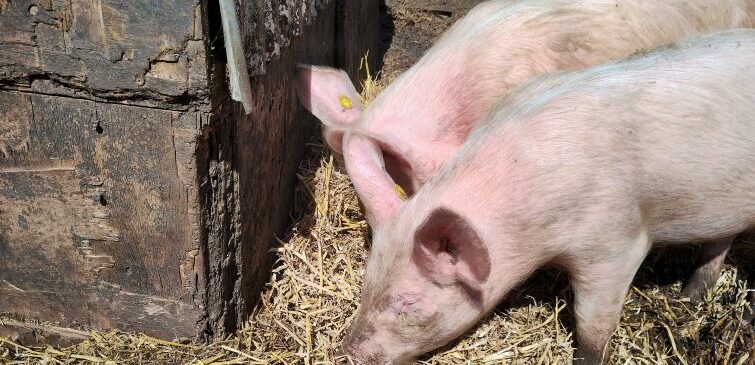
Collections Researcher Tim Jerrome shares an update on the Further Afield project, which seeks to expand our view of the countryside and diversify our collections, by giving community partners creative control. Read our introductory blog for more context on the project.
Now that we are six months into the Further Afield project, we thought we should share some of our progress so far. Although much of our activity is still at the planning stage, we’ve had some really positive gatherings and begun to build firm relationships with our community partners. What’s even more exciting to see is that our partners are keen to engage with each other, building a level of intersectionality that will no doubt lead to some amazing events, exhibitions and collections development further down the line. Though they may all be coming from different backgrounds, with different experiences, our partners all share the aim of making the countryside a more accessible place, where the potential of people can be unlocked. As Mike from Inclusive Farm said during our first steering group meeting: “Whatever boxes we might have been put in, we are all people. We are one.”
Rainbow Canopy Workshop
Being a fairly new group, Rainbow Canopy (the LGBTQ+ staff and supporters’ network for Forestry England) were keen to meet at the museum early in the project to give their members some context for the work we’ll be doing together. In fact, given how spread out the membership is across the country, the workshop we held on 15th February was the first opportunity for many members to meet each other. After battling their way through some torrid weather, we all gathered in the museum for a tour of the galleries, led by our curator Ollie. Some fascinating discussions were had – one of which centred around Eve Balfour, who is highlighted in our ‘Forces for Change’ gallery. We pondered, amongst other things, whether somebody’s sexuality should be highlighted within a gallery display, especially if they weren’t openly out during their lifetime.
After lunch, I then led a collections-based workshop in the afternoon. We followed a loose theme of hidden identities, given that LGBTQ+ people in the past would have to mask their sexuality in fear of ostracization or prosecution, and so presented the group with some obscure looking objects and asked them to guess their purpose. They particularly connected with a ceramic bedwarmer, as we used it to explore the reality of rural isolation for LGBTQ+ people, especially in the past, but also today. The group also found the concept of a Friendly Society to be particularly fascinating, and we questioned whether a strong village community spirit may have made some rural people more accepting of same sex relationships than their urban counterparts.
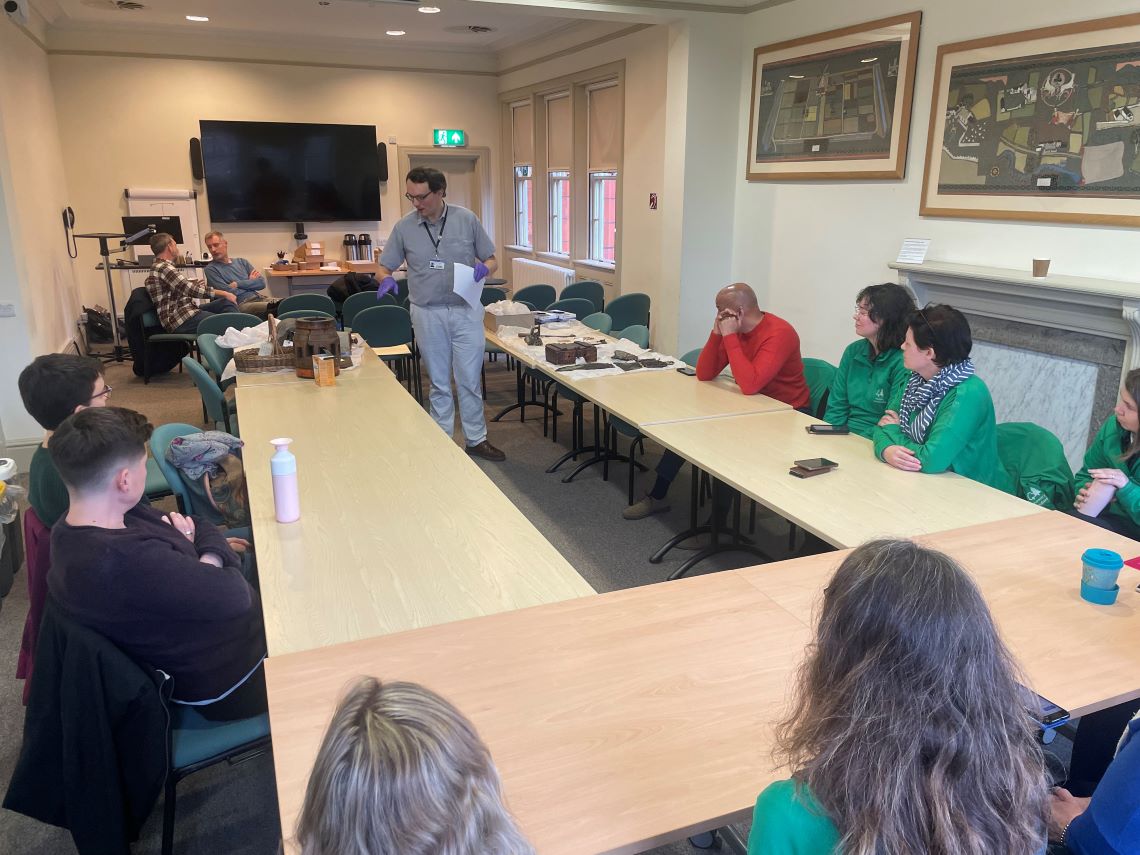
The day was capped off wonderfully with a tree planting in The MERL garden, to formally mark the partnership between the museum and Rainbow Canopy. We selected a rowan tree due to its traditional links to protection against the evil eye, which was sourced from a Forestry England nursery. We hope that this workshop was a useful bonding experience for Rainbow Canopy, and that it generated some ideas for our future work together.
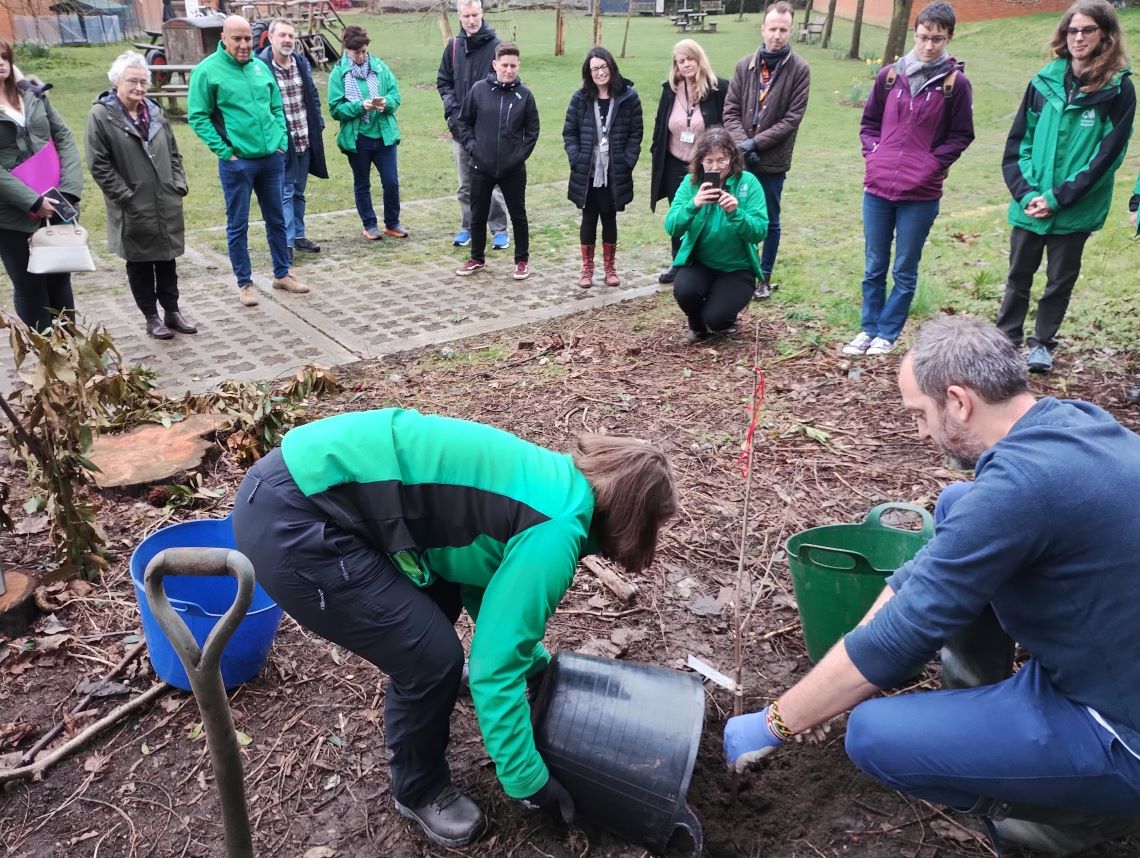
Visit to Inclusive Farm
Inclusive Farm, run by Mike Duxbury and Ness Shillito, has exploded in popularity over the last few years. Not only have they been interviewed by Farmers’ Weekly, Countryfile and more recently Morning Live, Mike has secured funding to open a second site in Scotland, complete with 22 acres of land and a skills centre. So Ollie and I decided to go and see what all the fuss was about and visited the farm, based in Bedfordshire, ourselves.
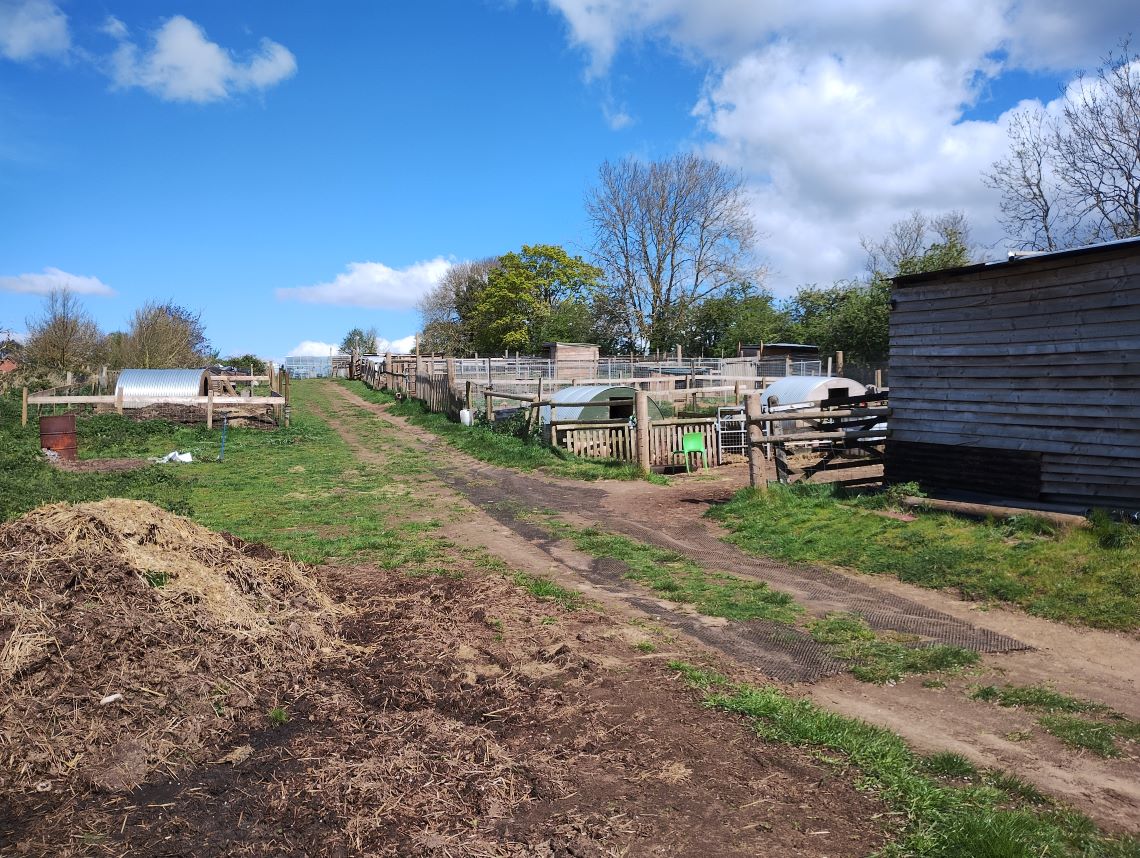
Neither of us were entirely sure what to expect, but what struck us most was just how unassuming and – dare I say it – ordinary the farm looked. We tend to assume that anything created to help people with disabilities will look and work significantly differently to that which only has the able-bodied in mind. But with Inclusive Farm, this simply isn’t the case. In fact, from a visual inspection, I couldn’t have told you anything that the Farm had done to make changes for those with disabilities. However, the changes were there; they were just far more subtle than I was expecting. And this subtlety is what makes Inclusive Farm such a success. For example, all of the fences around the various animal pens have a different texture to them, so a visually impaired person knows where they are through touch. Additionally, their antibacterial boot dip is next to some convenient handholds, which helps those with mobility and balance issues. These changes could be implemented onto any farm without significantly altering their process, and yet they allow Mike, who is blind, to carry out day-to-day tasks without any assistance. As he says, “when I come through those gates, I am no longer blind.”
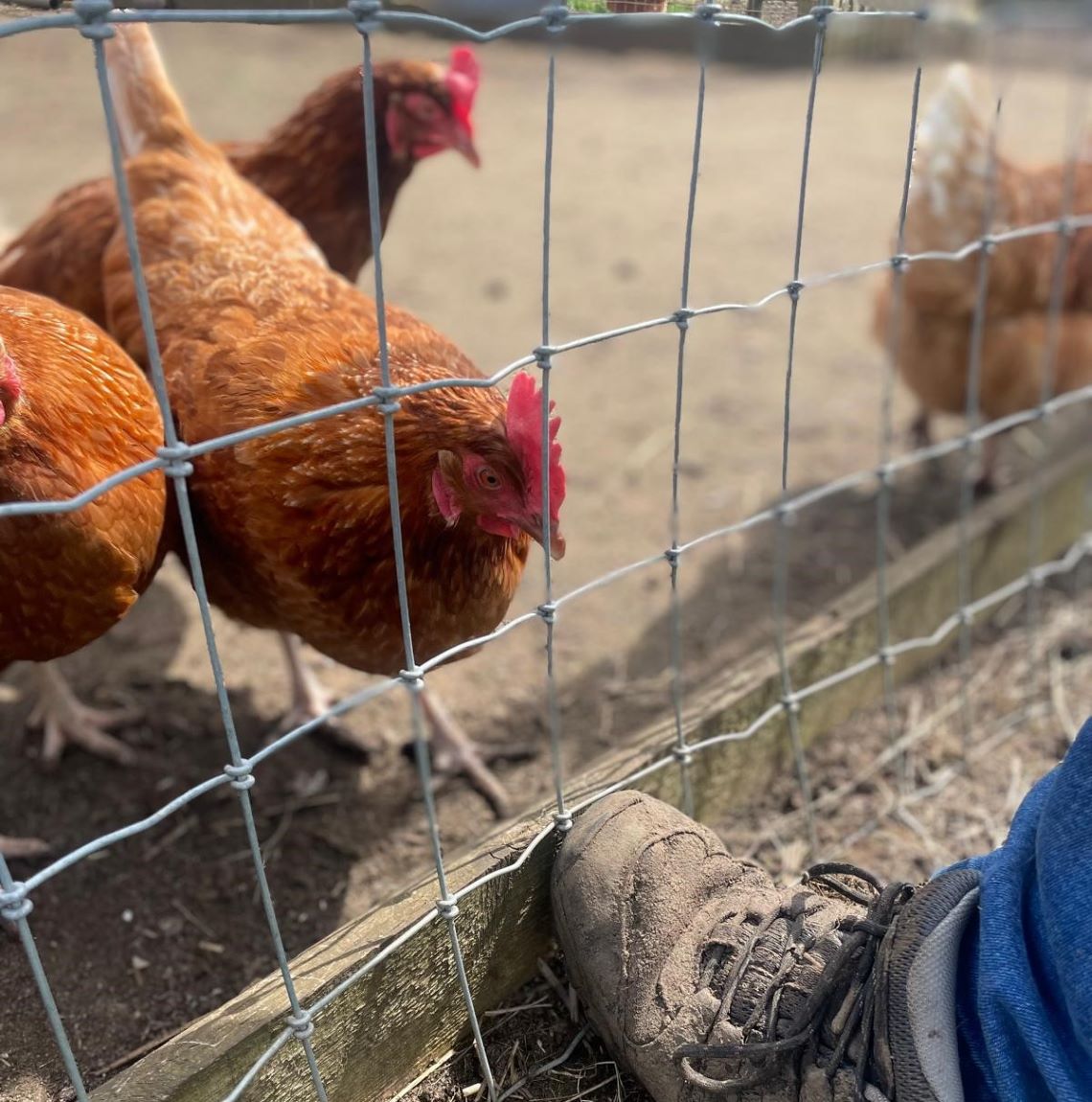
As for our visit itself – Mike and Ness were keen for us to do some “proper work”! This involved weeding using a tool that even Ollie had never seen before, moving some ducks to a new pen (I surprised myself with my duck-catching agility) and digging a hole for their water bath. If you ever visit the farm, be prepared to get stuck in!
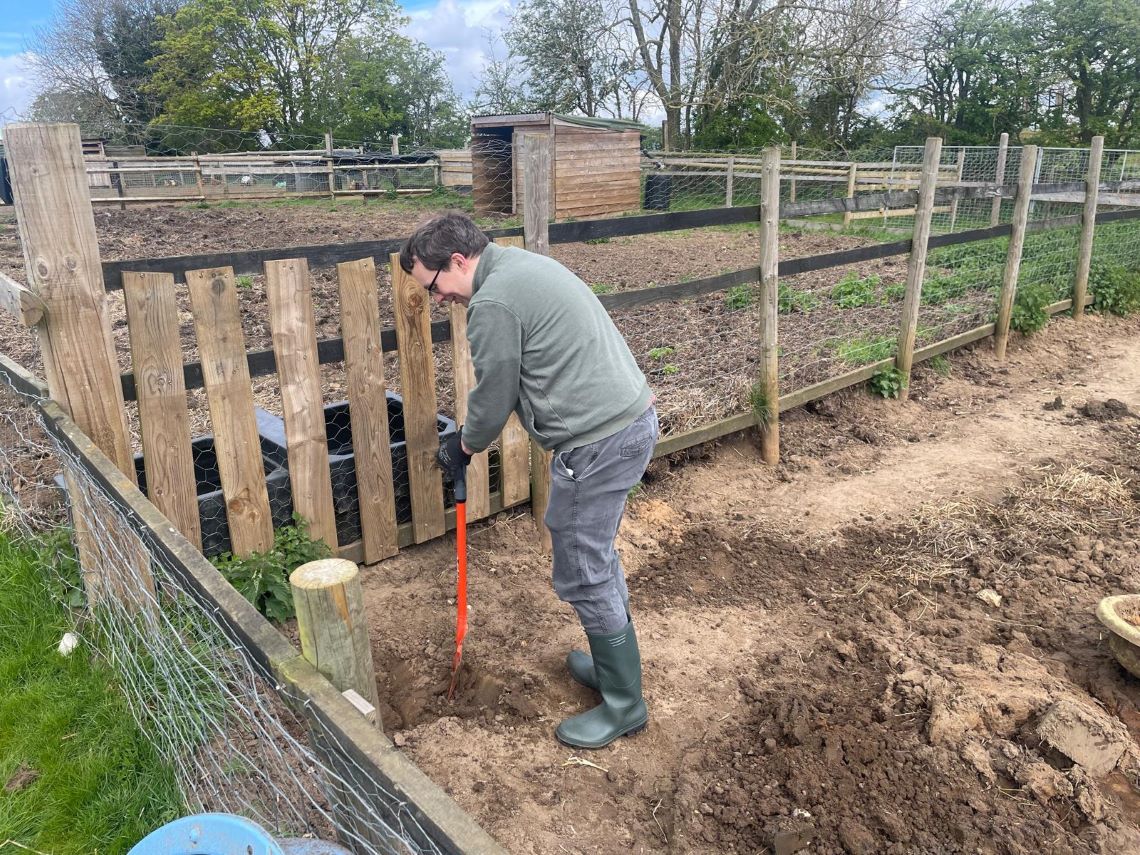
Volunteer project
Since the start of January, our team of six wonderful volunteers have been working their way through object accession files in the search for marginalised histories. These files consist of the documentation compiled when an object first comes to the museum, so we were hoping to find some gems of information which previously hadn’t made their way onto the online database. So far, the researchers have surveyed 1300 files, and while evidence of marginalised histories has been few and far between, we’ve made some fascinating discoveries. Prominent amongst these is gender bias in historic catalogues entries – specifically, male pronouns describing the use of items which were historically used by both genders. For example, the coracle paddle 51/131 contains an object history note which states that “the fisherman carries the craft on his back from one pool to another”, despite us not knowing whether this specific paddle was used by a man or woman. Therefore, we can improve the historical accuracy of the catalogue by informing users that coracles were used for fishing by both women and men.
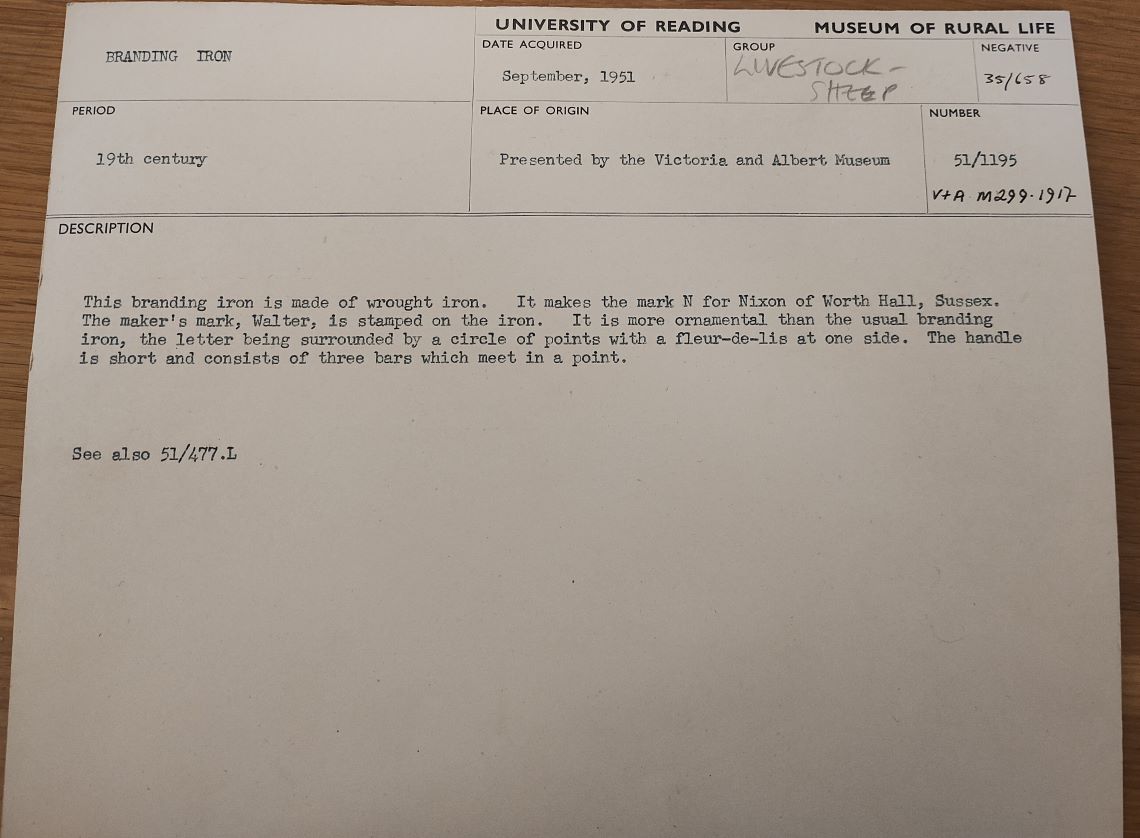
Alongside our researchers, we’ve had two folder makers who have put in an amazing effort to make new folders to better house these files and preserve their histories. So far, they have made hundreds of folders, and have maintained a very high standard, which will make it easier for researchers and staff to access the accession files for decades to come. Despite the great work so far, we have only just started – we are only just coming to an end of the objects acquired in 1951, the first year of the museum’s operation!
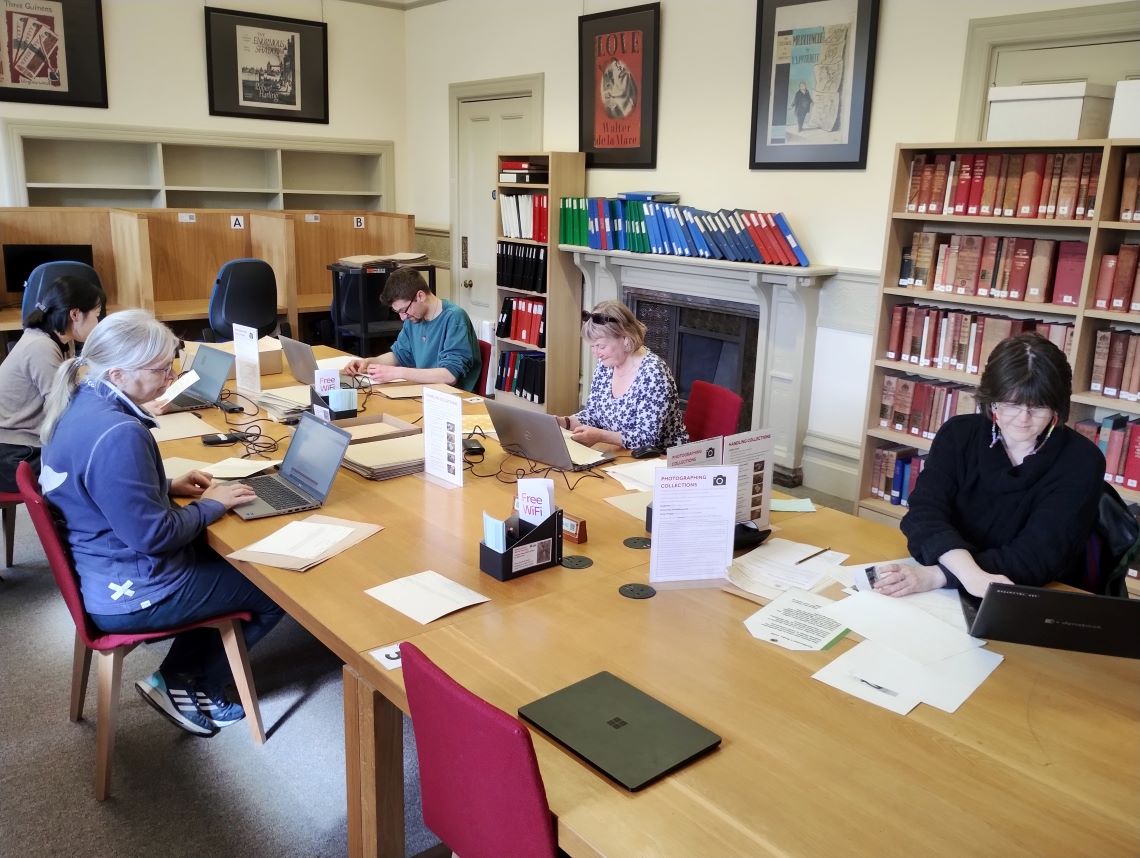
Tactile handling collection
We understand that a visit to our museum is a predominantly visual experience, but we’ve come to realise that our collections can offer so much more. We’ve had an object handling collection for many years, but as part of Further Afield, we’ve realised that the archives and library also have fascinating multisensory elements. To this end, we’ve compiled a handling collection which have interesting textures and smells, so that those who don’t use sight to experience the world can get something out of our extensive archives. We’re testing things out at the moment to try and measure the accessibility of tactile collections against the preservation of material, as striking the right balance can be a challenge. Hopefully the handling collection will continue to grow and the archives and library will become more accessible to all.
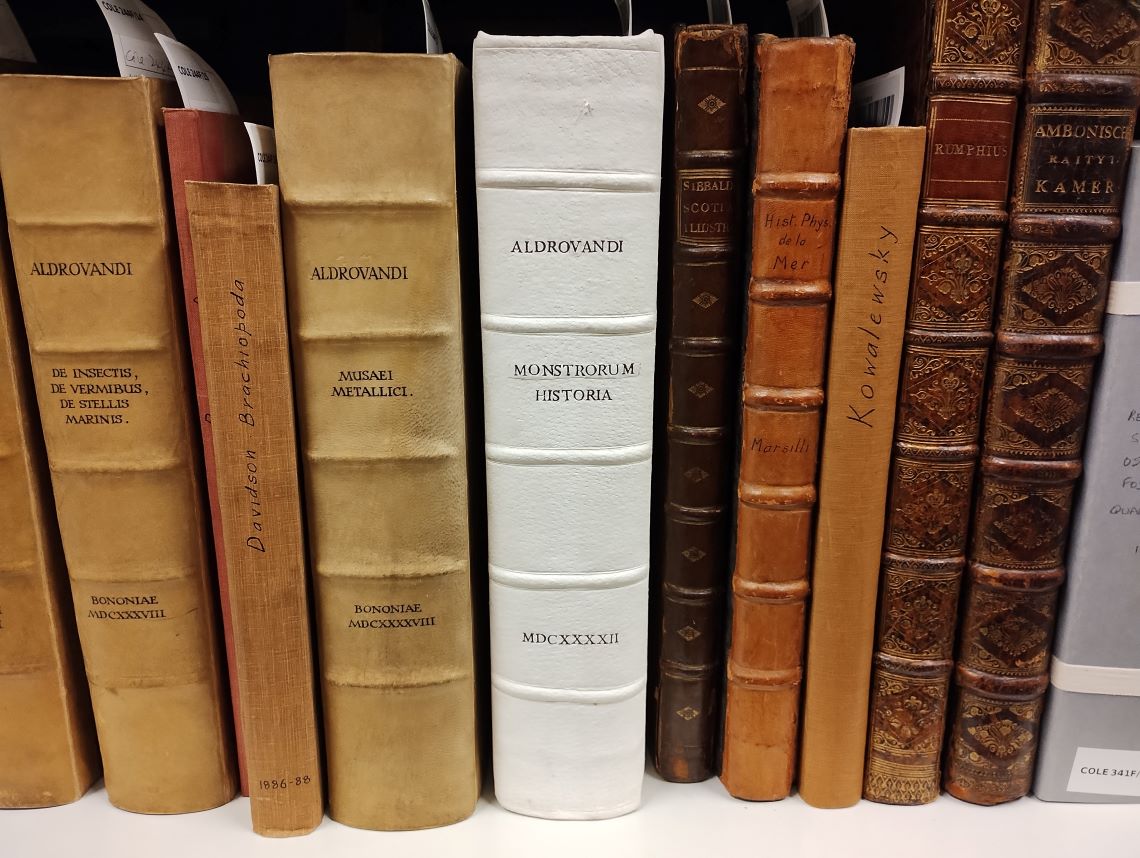
Our coming plans
You may have noticed that I haven’t yet mentioned Dadima’s, our third partner along with Rainbow Canopy and Inclusive Farm. Much of our time with Dadima’s thus far has been centred in discussion on how they are going to access the museum, as we had some concerns about parachuting a group in to the museum without the proper preparation and follow-up. We’re currently putting together plans with Dadima’s to host a tea themed session at the museum with women who are learning English, working in collaboration with Reading Community Learning Centre. Geeta, who runs Dadima’s, and Phillippa, our Learning and Engagement Officer, are hoping to walk a group from the centre to the museum, and share stories with tea as a conversation starter. We are then hoping to preserve these stories in some format, whether written, through audio or through doodles!
In addition, we’re planning to support Inclusive Farm at the upcoming Royal Highland show, attend a walk with community partners on Forestry England land, start thinking about non-visual possibilities for our galleries, and make a start on the second series of Changing Perspectives with the help of Navaratnam Partheeban aka The Farm Vet. Watch this space.
Many thanks once again to the Esmee Fairbairn Foundation and Museums Association for funding this project. Click here to find out more about other work they have funded, which has allowed community creativity to flourish in the heritage sector up and down the country.

